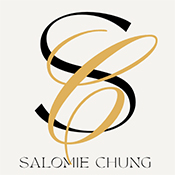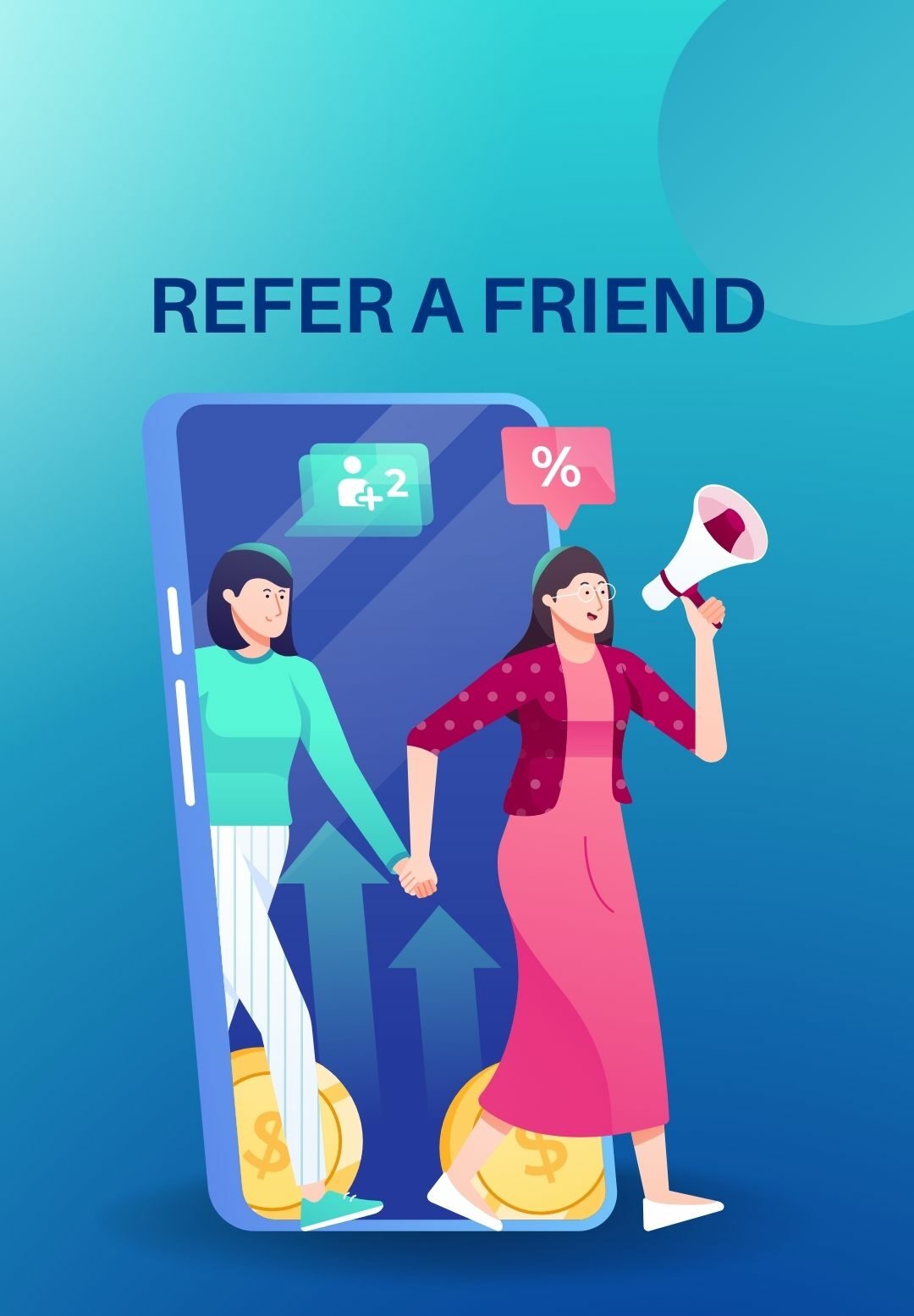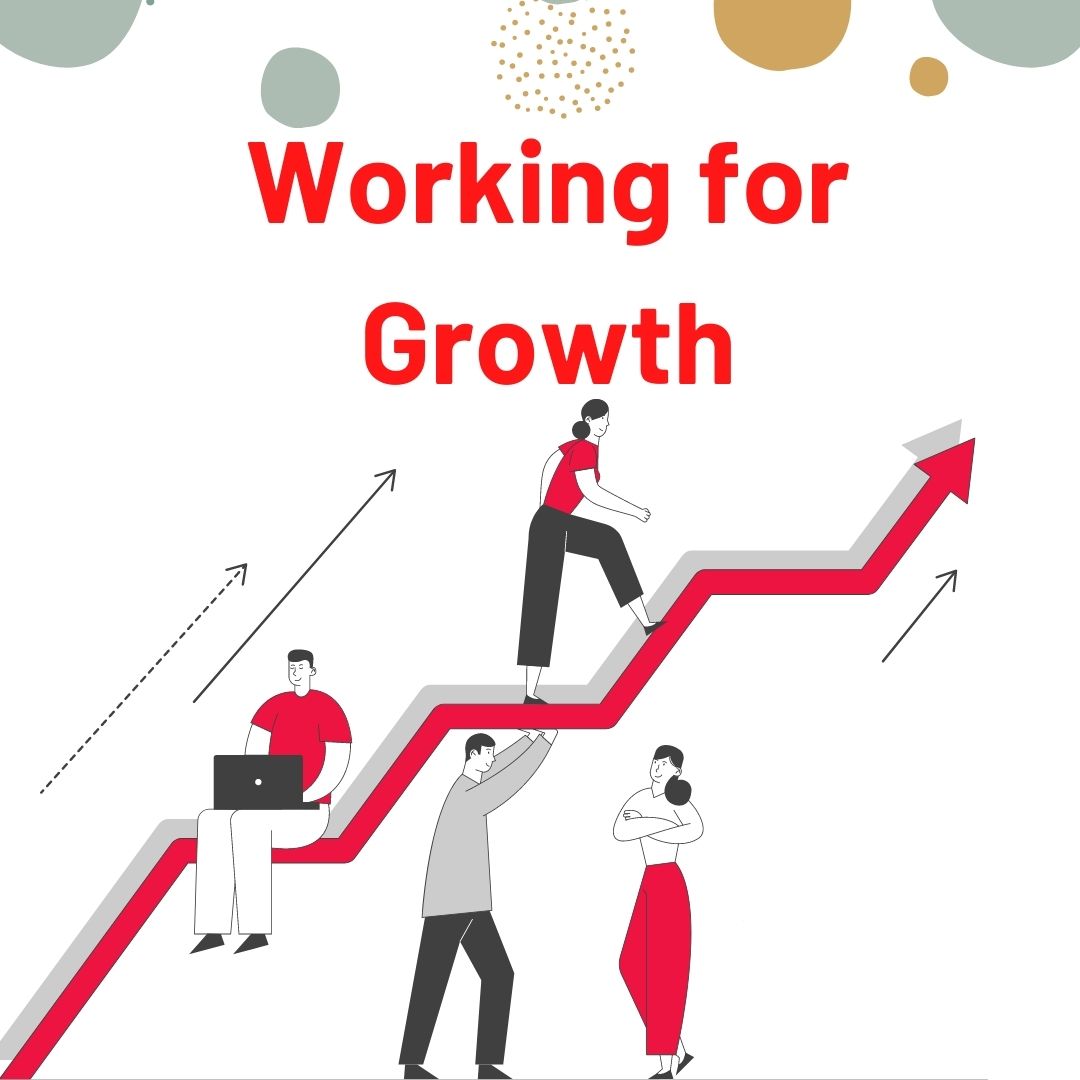Eureka! You have just experienced the proverbial lightbulb moment. You have zeroed in on what you think is a life-changing idea. Why haven’t I thought of this before you ask yourself? THAT is a thought that comes to us when we are introduced to a new concept or invention. But alas, someone with more foresight, ingenuity, or creativity got ‘there’ before we did. Or, it could just be that those individuals are constantly focused on the creative process of change and improvement; the infinite possibility of expanding the universe through innovative thought and discovery. You have now become part of this community and are excited about sharing your invention with the world.
As a new inventor, however, there are some basic decisions you need to make before progressing. For the purposes of this article, let’s say you will focus on being an inventor who wants to parlay your idea into a product/service that is marketable. You must therefore take the necessary steps to guard and protect it. I would recommend you explore various patent resources and/or get a consultation with a patent attorney if you are fearful about making a mistake. Most patent attorneys offer this service for free. In the meantime, do not share your idea with anyone! You will be shocked at the number of inventors who have lost their idea by sharing it with people they thought they could trust who then registered it right away.
You will need to pass certain thresholds on the journey to patenting your idea. To begin, you must determine which protective process you will use -a patent, trademark or copyright. Your idea must have a name and description. The description is important; it is what differentiates your idea from any others. You must also determine if you are a micro-entity as this determines the fees you must pay to secure your idea. Also, you will need to decide if you will pay the required fees -usually $75 -$100 for a provisional filing- now or later? If you decide to pay later, you have about 30 days to do so. You must determine if your idea is new. Has it been registered by someone else already? Is it useful? Be comfortable with your answers to these questions before you begin the application process.
Filing A Patent
According to the US Patent Office (USPTO) a person who “invents or discovers any new and useful process, machine, manufacture, or composition of matter, or any new and useful improvement thereof, may obtain a patent.” The patent law overseen by the USPTP, specifies that the subject matter must be “useful.” The term “useful” in this connection refers to the condition that the subject matter has a useful purpose and also includes operativeness. That is, a machine which will not operate to perform the intended purpose would not be called useful, and therefore would not be granted a patent. A patent also cannot be obtained upon a mere idea or suggestion. The patent is granted upon the new machine, manufacture, etc., as has been said, and not upon the idea or suggestion of the new machine. A complete description of the actual machine or other subject matter for which a patent is sought is required.
According to the USPTO, in order for an invention to be patentable it must be new as defined in the patent law, which provides that an invention cannot be patented if:
“(1) the claimed invention was patented, described in a printed publication, or in public use, on sale, or otherwise available to the public before the effective filing date of the claimed invention” or
“(2) the claimed invention was described in a patent issued [by the U.S.] or in an application for patent published or deemed published [by the U.S.], in which the patent or application, as the case may be, names another inventor and was effectively filed before the effective filing date of the claimed invention.”
Even if the subject matter sought to be patented is not exactly shown by the prior art, and involves one or more differences over the most nearly similar thing already known, a patent may still be refused if the differences would be obvious. The subject matter sought to be patented must be sufficiently different from what has been used or described before that it may be said to be non-obvious to a person having ordinary skill in the area of technology related to the invention. For example, the substitution of one color for another, or changes in size, are ordinarily not patentable.
A patent for an invention is the grant of a property right to the inventor, issued by the United States Patent and Trademark Office. Generally, the term of a new patent is 20 years from the date on which the application for the patent was filed in the United States or, in special cases, from the date an earlier related application was filed, subject to the payment of maintenance fees. U.S. patent grants are effective only within the United States, U.S. territories, and U.S. possessions. Under certain circumstances, patent term extensions or adjustments may be available.
The right conferred by the patent grant is, in the language of the statute and of the grant itself, “the right to exclude others from making, using, offering for sale, or selling” the invention in the United States or “importing” the invention into the United States. What is granted is not the right to make, use, offer for sale, sell or import, but the right to exclude others from making, using, offering for sale, selling or importing the invention. Once a patent is issued, the patentee must enforce the patent without aid of the USPTO.
There are three types of patents:
1) Utility patents may be granted to anyone who invents or discovers any new and useful process, machine, article of manufacture, or composition of matter, or any new and useful improvement thereof;
2) Design patents may be granted to anyone who invents a new, original, and ornamental design for an article of manufacture; and
3) Plant patents may be granted to anyone who invents or discovers and asexually reproduces any distinct and new variety of plant.
If you are not sure how to proceed or you do not have the funds to enter into a full-scale filing you may file a provisional patent application for a fee of $100.00, which gives you ownership of the idea until you are ready to proceed.
Trademarks
A trademark is a word, name, symbol, or device that is used in trade with goods to indicate the source of the goods and to distinguish them from the goods of others. A service mark is the same as a trademark except that it identifies and distinguishes the source of a service rather than a product. The terms “trademark” and “mark” are commonly used to refer to both trademarks and servicemarks.
Trademark rights may be used to prevent others from using a confusingly similar mark, but not to prevent others from making the same goods or from selling the same goods or services under a clearly different mark. Trademarks that are used in interstate or foreign commerce may be registered with the USPTO. The USPTO requires the following steps to the Trademark application process:
- If you are a foreign-domiciled applicant, you must have a U.S.-licensed attorney represent you at the USPTO.
- If you are an applicant domiciled in the United States, you are not required to have a U.S.-licensed attorney represent you, but we strongly encourage you to hire one who specializes in trademark law to guide you through the application process.
- Foreign attorneys and non-attorneys are not permitted to provide legal advice, help you fill out a form, sign documents for you, or otherwise take action on your application for you.
Hiring someone who cannot represent you at the USPTO could delay review of your application and jeopardize the validity of any resulting registration.
Copyright.
A Copyright is a form of protection provided to the authors of “original works of authorship” including literary, dramatic, musical, artistic, and certain other intellectual works, both published and unpublished. The 1976 Copyright Act generally gives the owner of copyright the exclusive right to reproduce the copyrighted work, to prepare derivative works, to distribute copies or phono records of the copyrighted work, to perform the copyrighted work publicly, or to display the copyrighted work publicly.
The copyright protects the form of expression rather than the subject matter of the writing. For example, a description of a machine could be copyrighted, but this would only prevent others from copying the description; it would not prevent others from writing a description of their own or from making and using the machine. Copyrights are registered by the Copyright Office of the Library of Congress.
Now that you have decided what and how to protect , be aware that your filing must be maintained. Will you require maintenance fees or corrections? You should also keep track of the longevity of the patent if granted. Of the 669,434 applications made in the US in 2019 only 391,103 were granted. Upon the granting of your patent, the involvement of the USPTO ceases. It is now your responsibility to take it to the next level. Tune in next week on strategies to fund, develop and market your prototype. Until then, keep cracking the oyster!
Salomie Chung, MBA
Inspiring Infinite Possibilities.



